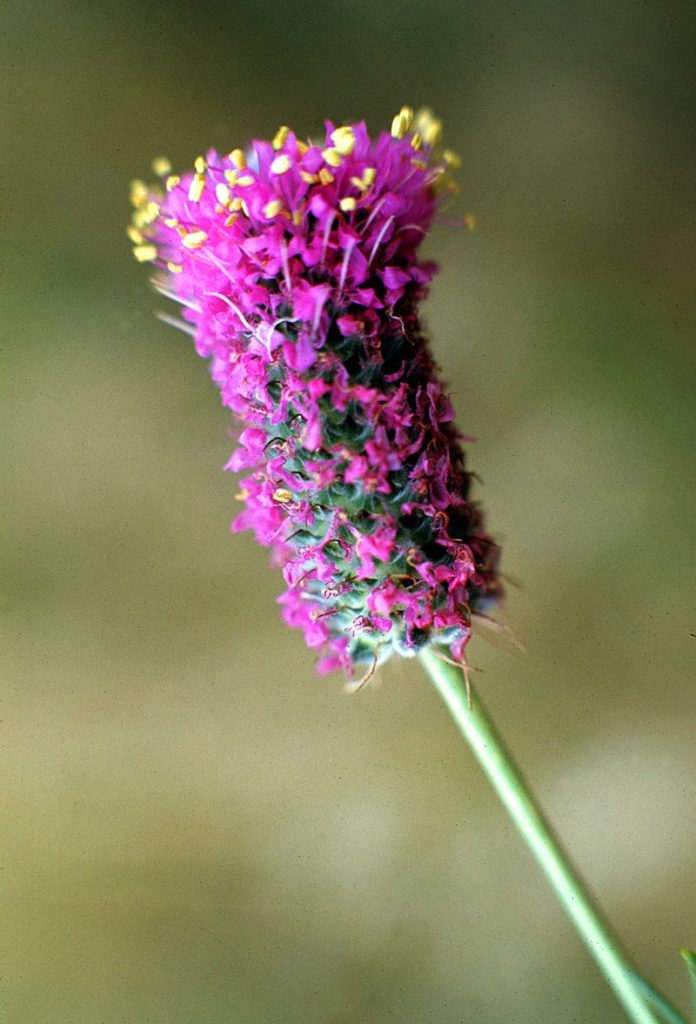10 Steps to Choosing the Herbicide That’s Right For You
Chemical control with herbicides has been an important tool for managing weeds for many years. A strong herbicide plan is essential in controlling your weed population-maximizing your CRP establishment success. The tips below will help you build a successful CRP establishment plan. 1. Positively ID weed species Determining the weeds that create the most problems […]
10 Steps to Choosing the Herbicide That’s Right For You Read More »


